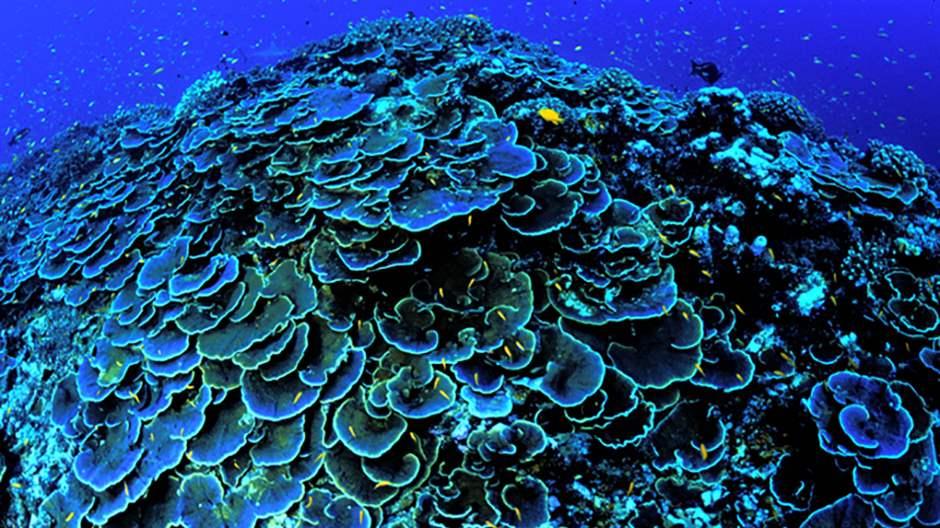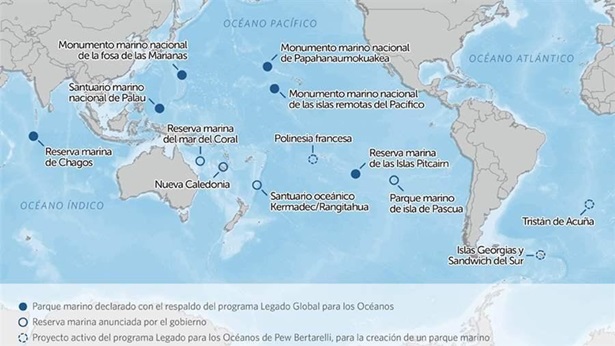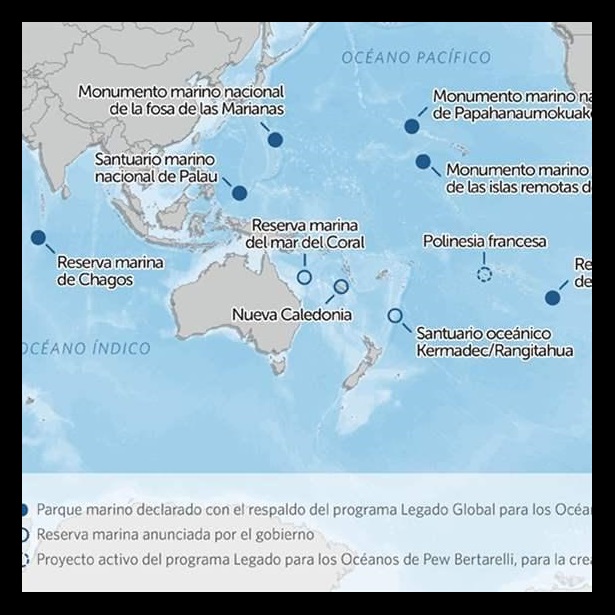Can Marine Protected Areas Save the Ocean?
Expert says sustainability depends on creating reserves large and small

Over the past decade, the movement to safeguard the global ocean has gained significant momentum, with numerous countries—including Chile, Mexico, Palau, the United Kingdom, and the United States—designating large-scale marine protected areas (MPAs). Created in response to widespread and growing threats to the ocean, these safe havens for biodiversity are significant and encouraging but they are not enough: With only around 3.7 percent of the ocean protected, governments must act quickly to hit the United Nations’ Sustainable Development Goal of safeguarding 10 percent by 2020, and must build on that further to achieve 30 percent protection, which the International Union for Conservation of Nature has said is the minimum needed to assure healthy seas far into the future.
A new study, published in the journal BioScience in April and supported in part by the Pew Bertarelli Ocean Legacy Project, investigated the benefits and criticisms of large-scale (at least 100,000 square kilometers) marine protected areas. The authors, a team of 14 ocean experts led by Bethan O’Leary, Ph.D., from the University of York, concluded that large-scale MPAs are a key tool to address many challenges to ocean health and management.
The Pew Charitable Trusts caught up with Dr. O’Leary to discuss the study and marine conservation.
Q: What was the aim of this study?
A: There is an ongoing debate within conservation and scientific circles about the value of large-scale MPAs. In recent years the debate has polarized into critics versus supporters camps, but in my view many of the arguments seemed to be false dichotomies. My coauthors and I set out to weigh the evidence for commonly aired criticisms of large-scale MPAs; a byproduct of that investigation highlighted their benefits. We found that most of the common criticisms of large-scale MPAs—for example, that they are difficult to monitor and enforce—are equally applicable to smaller MPAs and even broader marine management, including fisheries regulations.
Q: What are some advantages that large-scale MPAs have over smaller ones?
A: Due to their size, large-scale MPAs often incorporate whole ecosystems, better protecting their structure and function. The greater areas also support bigger populations of more species, which makes those species less likely to decline or go extinct. Large-scale MPAs are less prone to damaging edge effects—that is, human influences that impinge inwards from the boundaries of a reserve—and approach the scale necessary to benefit some of the world’s most mobile species, such as whales, sharks, turtles, seabirds, and tuna.
Q: Aside from size, what other factors determine the success of an MPA?
A: Protected areas confer greater ecological benefits when they are fully protected from extractive activities, and are large, longstanding, isolated, and well enforced. Places such as the U.K.’s Pitcairn Islands and the United States’ Papahanaumokuakea with time will meet all five of these criteria. Multiple-use MPAs that allow some forms of fishing, in some contexts, also generate benefits and may help balance social, ecological, and economic objectives.
Q: Is there a benefit to placing marine reserves in remote areas with limited human pressures instead of in coastal waters?
A: Large-scale MPAs have attracted particular flak for not “solving an obvious conservation problem” because they are often established in places with low human influence and impact. Our view is that their role in these settings is preventive, keeping ecosystems healthy and promoting their resilience to global change. Prevention is better than cure, the old saying goes, and science suggests there is benefit in protecting places that are in great shape as well as recover places that are suffering. Remote and intact places can offer safe havens, which will grow in importance, for ocean wildlife as the pressures they face elsewhere increase.
Q: Is it difficult to monitor and enforce MPAs that are located in remote areas?
A: Rapidly emerging technologies such as drone, radar, and satellite surveillance make cost-effective monitoring of large and remote protected areas more feasible than it had been just a few years ago. Furthermore, increasing international cooperation in ocean management should make enforcement progressively easier. Nonetheless, monitoring and enforcing MPAs of all sizes and even other management tools is often challenging. We need to do better across the board.
Q: What can governments do to proactively address the impacts of climate change on our seas?
A: Establishing large-scale MPAs is great first step. Well-managed and fully protected marine protected areas help maintain biodiversity and ecological functions or rebuild them when they have been degraded. In turn, this helps to mitigate the impacts of climate change and buffer against the effects of ocean acidification, sea-level rise, intensification of storms, tropicalization, and decreased oxygen availability on resident marine life. We need large-scale protected areas in international waters, and smaller ones closer to coasts. It shouldn’t be an either-or proposition, especially if we hope to hit The International Union for Conservation of Nature’s recommendation to protect at least 30 percent of every ocean habitat from all extractive activities by 2030.”














